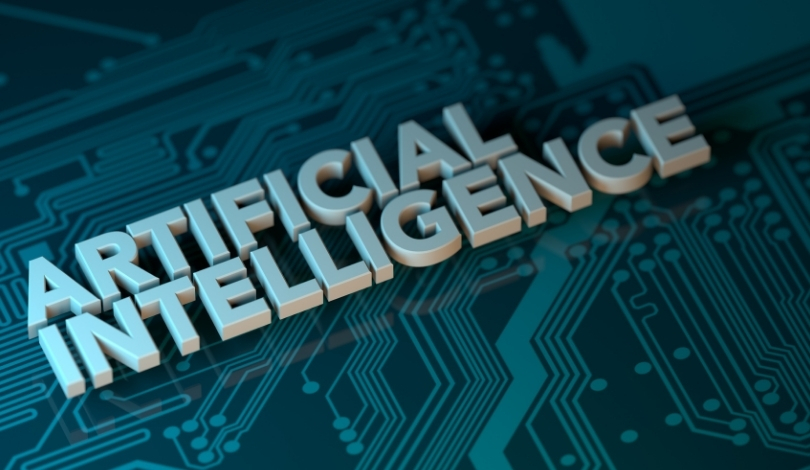The integration of artificial intelligence (AI) and blockchain technology, despite initially appearing as disparate fields, is rapidly gaining traction in the tech world. Blockchain, with its emphasis on decentralization and security, contrasts with AI’s dependency on large datasets and high computational power. Recent advancements highlight the merging of these two technologies, paving the way for innovative solutions that address both their limitations and strengths.
When compared to earlier developments, the current focus on combining AI and blockchain aims to resolve persistent issues like scalability and data availability. Traditional blockchain systems struggle with throughput and memory constraints, whereas AI demands significant data and computational resources. The convergence of these technologies is now seen as a pathway to enhance performance and create new use cases that were previously unfeasible.
AI’s Data Demands
Machine learning (ML) models, especially deep learning networks, require extensive data to function effectively, often relying on GPUs or specialized hardware. The International Energy Agency (IEA) forecasts a substantial rise in global electricity demand for AI, estimating a surge to 800 TWh by 2026 from 460 TWh in 2022. Financial giants like Morgan Stanley and Wells Fargo project even higher demands, potentially accounting for 16% of the USA’s electricity consumption by 2030.
Innovative Projects
Despite challenges, several innovative projects are emerging that blend AI and blockchain effectively. Ocean Protocol facilitates decentralized data exchange, ensuring privacy and security for AI data consumption. ThoughtAI directly embeds AI and blockchain into data, eliminating traditional application layers to foster more adaptive AI solutions. These initiatives underscore the potential and obstacles in scaling AI on blockchain platforms.
ZeroGravity (0G) has made significant advancements by addressing blockchain’s scalability issues. As the world’s first data availability system with a built-in general-purpose storage layer, 0G separates data publishing and storage workflows to enhance scalability. This system achieves unprecedented data availability and transaction throughput, outperforming competitors with its speed and cost-efficiency.
The performance of 0G, capable of achieving 50 gigabytes per second, vastly outstrips competitors like Celestia, which manages 1.4 to 1.5 megabytes per second. Such advancements enable a range of AI and blockchain applications, including sophisticated AI-powered trading algorithms and large-scale federated learning systems. These possibilities hold particular promise in sectors like finance and healthcare, where data privacy and collaborative research are critical.
Future Prospects
The economic potential of AI and blockchain convergence is substantial, with the AI industry projected to reach $1.3 trillion by 2030 and the blockchain market expected to hit $248.8 billion by 2029. Companies that can navigate the technical challenges and unlock new value propositions will likely dominate this lucrative market. Platforms like 0G exemplify the potential for significant economic gains by successfully merging these technologies.
The merging of AI and blockchain technologies is not just a technological curiosity but also a significant economic opportunity. Through innovative projects and platforms addressing scalability challenges, these converging fields are set to revolutionize various sectors, providing transformative solutions for data management and privacy.










